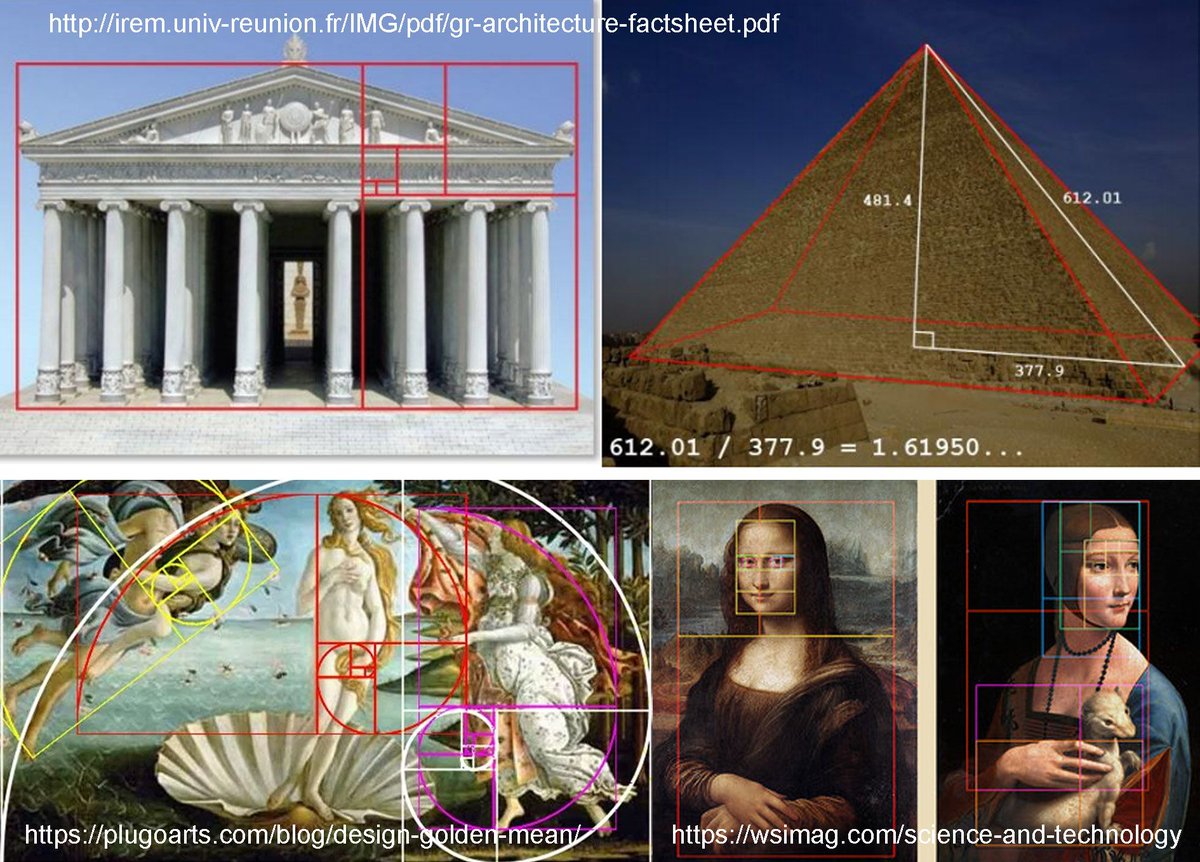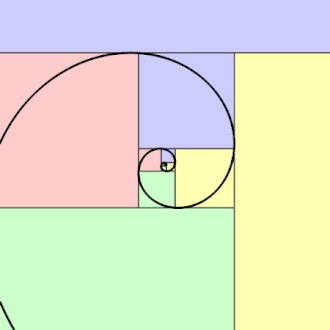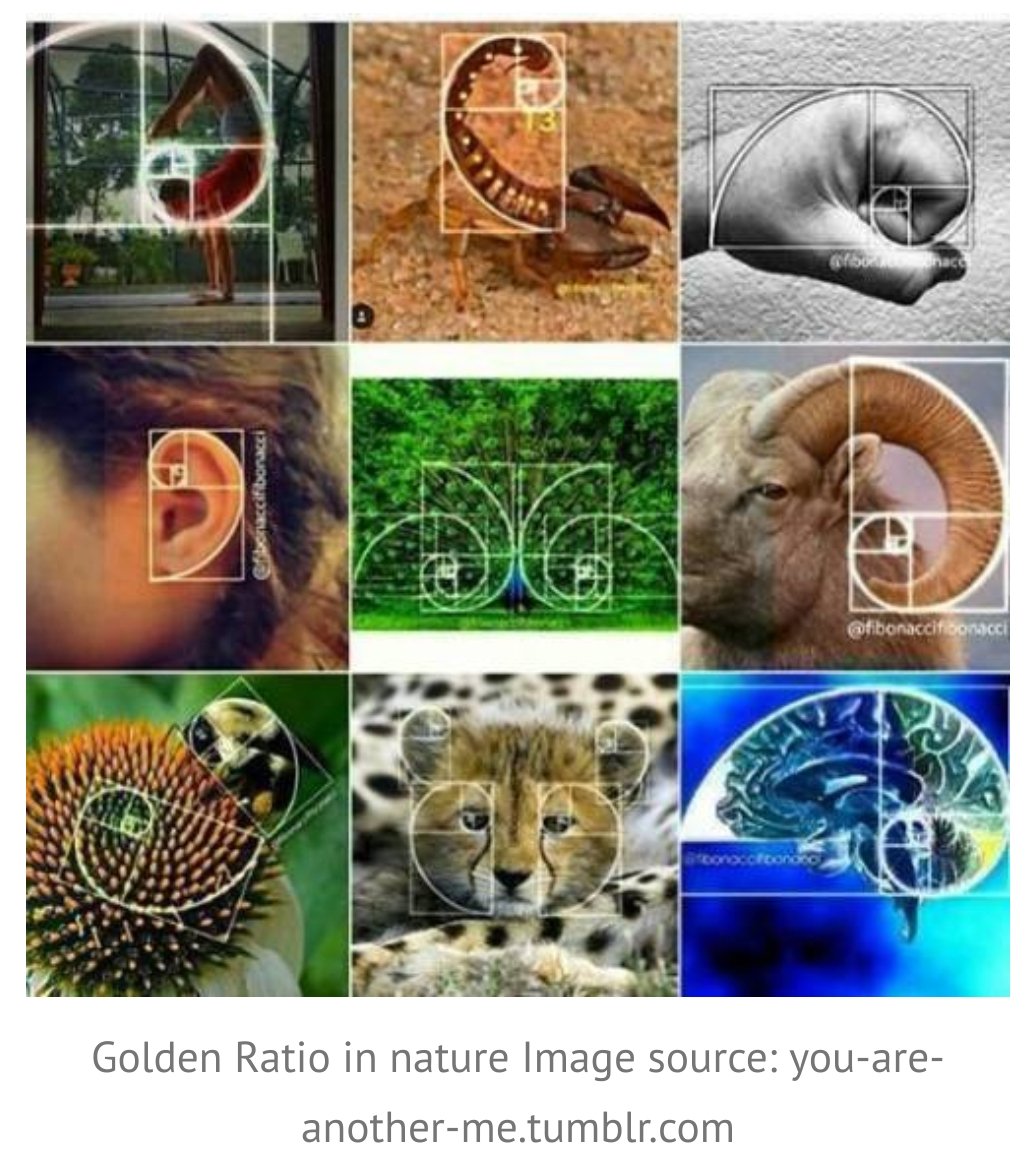Chess may be a good analogy for explaining the difference between a descriptive model of reality and a generative model of reality.
More from Carlos E. Perez
It's a very different perspective when we realize that our bodies consist of an entire ecology of bacteria and viruses that are also passed to our ancestors. Mammals rear their young and as a consequence transfer the microbiome and virome to their offspring.
What does it mean to treat our individuality as ecologies? We are all ecologies existing in other ecologies. Nature is constantly performing a balancing act across multiple scales of existence.
There are bacteria and viruses that are unique to your ancestry as that of your own DNA. They have lived in symbiosis with your ancestor and will do so for your descendants.
It is an empirical fact that the microbiome in our stomach can influence not only our own moods but also our metabolism and thus our weight and health.
It is also intriguing to know that brains evolved out of stomachs and that our stomachs contain hundreds of millions of neurons. Humans can literally think with their gut.
What is the nature of our (evolved) relationship with viruses? We are literally flooded by them. Welcome to the human virome, with harmful but also beneficial members. Great paper in @sciam "The Viruses Inside You" https://t.co/aWszsNq61d pic.twitter.com/eFsoxV4M9K
— Ricard Sol\xe9 (@ricard_sole) December 12, 2020
What does it mean to treat our individuality as ecologies? We are all ecologies existing in other ecologies. Nature is constantly performing a balancing act across multiple scales of existence.
There are bacteria and viruses that are unique to your ancestry as that of your own DNA. They have lived in symbiosis with your ancestor and will do so for your descendants.
It is an empirical fact that the microbiome in our stomach can influence not only our own moods but also our metabolism and thus our weight and health.
It is also intriguing to know that brains evolved out of stomachs and that our stomachs contain hundreds of millions of neurons. Humans can literally think with their gut.
More from Internet
Are you an Angular developer?
Check these useful UI and Component libraries for Angular:
🧵👇🏻
1. Material Angular:
UI library for Angular based on Material
2. NG Bootstrap:
UI library for Angular based on the Bootstrap
3. PrimeNG:
Powerful UI component library for Angular
https://t.co/90VmurAdyD

4. Onsen Angular:
Hybrid mobile and PWA UI library for Angular and Onsen
Check these useful UI and Component libraries for Angular:
🧵👇🏻
1. Material Angular:
UI library for Angular based on Material
2. NG Bootstrap:
UI library for Angular based on the Bootstrap
3. PrimeNG:
Powerful UI component library for Angular
https://t.co/90VmurAdyD

4. Onsen Angular:
Hybrid mobile and PWA UI library for Angular and Onsen


























